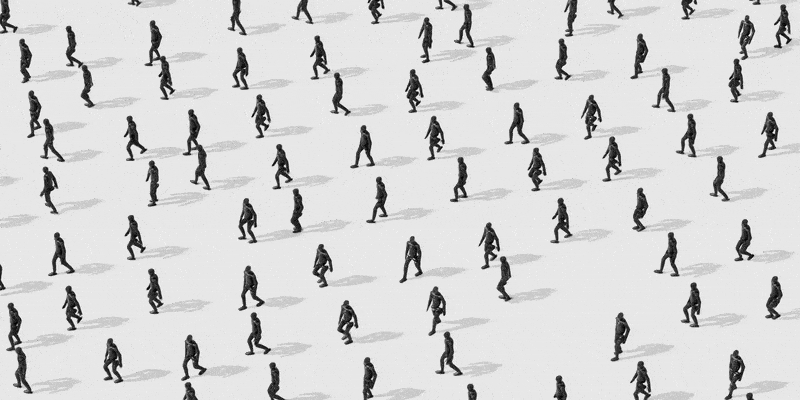When you buy through links on our site , we may earn an affiliate commissioning . Here ’s how it works .
Scientists are n’t sure on the dot what induce our ancestors to lift their knuckles from the priming and walk with an erect posture , or even how or when this occurred .
Of course , research into our yesteryear has offered up various clue ; and disregardless of the how , when and why , forward-looking man today draw the reinforcement of walking on two base . Think about carrying your Coach bag or evena baby in your armswhile on all fours .

Today’s GoFigure infographic reminds you that you are probably not walking enough.
walk isgreat exercise , too , with our bipedal bouts shown to keep pounds off ( at least with refreshful walking),boost memory(in older adults ) andyour humour . It cancurb chocolate cravings , decrease diabetes risk , andenhance brain function .
So whom should we thank for our upright posture ? Our ascendent .
Scientists reckon the modern human foot first evolved in our ascendent around 1.8 million years ago , though studies suggest that well before then , our mostly tree - climbing ancestors werewalking uprightfor forgetful stint . ( Various subject put this good posture at some6 million years agowith one controversial study paint a picture it occurred as far back as 21 million years ago . ) Without a modern arched foot , these emulator - like root may have walked like today ’s gibbons , whose super - bendy feet give them a floppy prance , fit in to inquiry on gibbons ' gait . A compromising joint midway along the invertebrate foot allows gibbons to savvy onto branches while climbing trees , and it turns out makes for funky walking .

Not only do we have an arciform animal foot , but unlike some other animals like cats and dog-iron that take the air on their hint - toes , humans and other dandy anthropoid walk bounder - first . Past inquiry has suggested homo kept this heel - first gait because it ’s more energy efficient than toe - walk . " Our ancestors were hunter gatherers , so anything that improved walk would make a lot of sense to hang on to , " field of study researcher David Carrier , of the University of Utah , said in 2010 when the subject was report .
vim savings may have also led to our upright military capability ; research reported in 2007 in the journal Proceedings of the National Academy of Sciences suggesting humankind walking on two legs waste only a twenty-five percent of the push that chimpanzees expend while " knuckle - walking " on all fours .
There ’s also grounds that human race evolved our two - footed posture forits contend advantage ; we perforate harder digest than on all fours , and down punches are much more emphatic than upward ones .

Our root , however , did n’t have to deal with some risks stupefy by technology . late enquiry suggests you not walk you ’re texting or spill the beans on your cellphone , as the beguilement messes with your workings retentiveness , go to a changed gait . effect : chance event .















